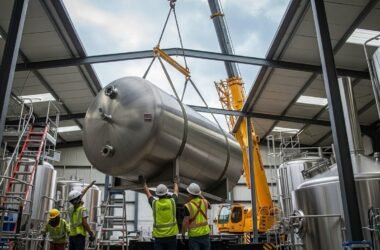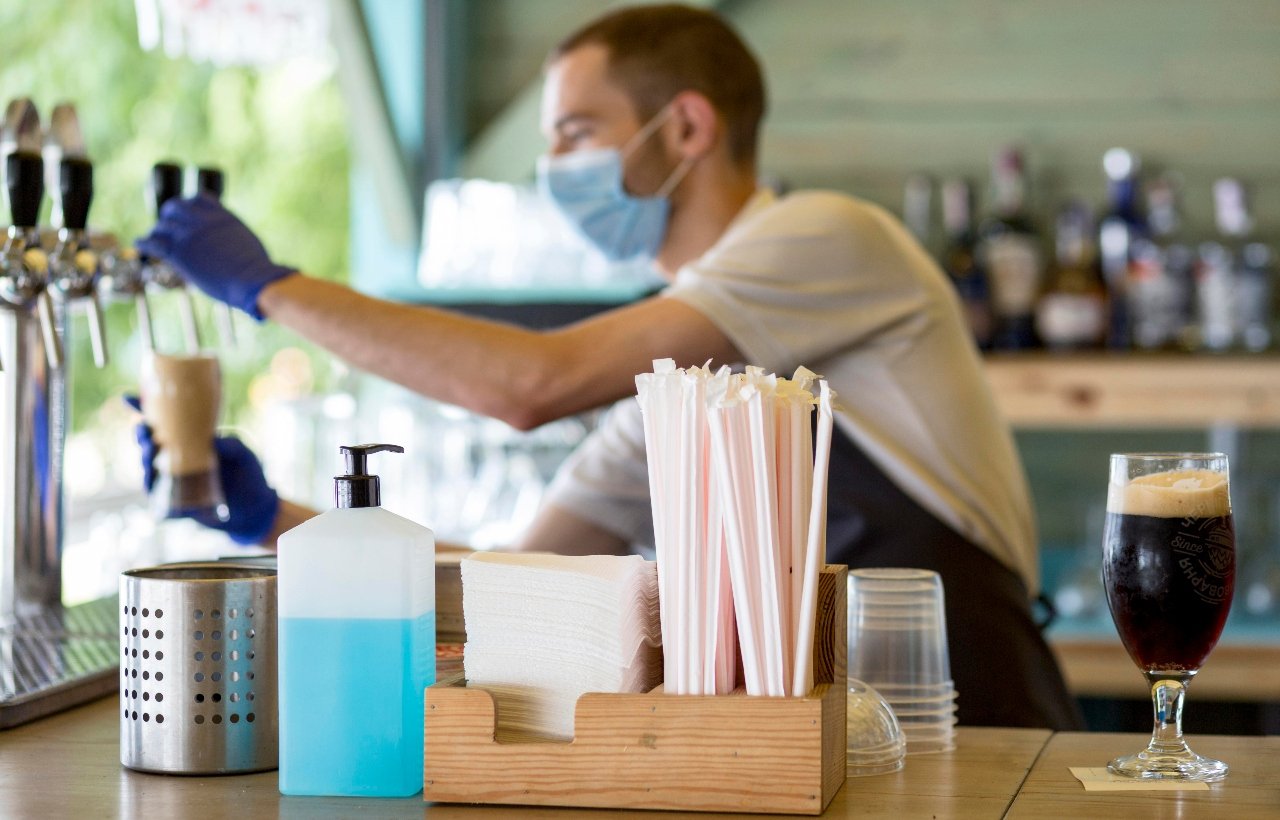Running a restaurant involves more than crafting delicious meals and delivering excellent customer service. Behind every great dining experience is a well-maintained environment that ensures safety, efficiency, and a lasting impression on patrons. Regular maintenance not only preserves the integrity of your equipment and premises but also enhances your restaurant’s reputation and bottom line. Here are essential restaurant maintenance tips to help you keep things running smoothly and “fresh.”
1. Create a Maintenance Schedule
A proactive maintenance plan is your first line of defense. Waiting until something breaks can lead to costly repairs and lost revenue. Design a checklist and schedule for daily, weekly, monthly, and seasonal tasks. Include everything from equipment inspections to deep cleaning, HVAC maintenance, pest control, and fire safety system checks. Assign responsibilities to staff or schedule with professionals to ensure nothing slips through the cracks.
2. Prioritize Kitchen Equipment Maintenance
The kitchen is the heart of your restaurant—and its equipment must be reliable. Keep an eye on:
- Ovens and stoves: Clean burners, check gas lines, and test thermostats regularly.
- Refrigeration units: Monitor temperatures, clean coils, and check door seals to prevent spoilage and energy waste.
- Dishwashers: Remove debris, clean filters, and check spray arms to ensure hygiene compliance.
- Grease traps: Schedule regular clean-outs to prevent clogs and foul odors.
Routine upkeep extends the life of your equipment and keeps your kitchen safe and efficient.
3. Don’t Overlook HVAC Systems
A malfunctioning HVAC system can quickly turn a cozy dining area into an uncomfortable one. Your heating, ventilation, and air conditioning systems need seasonal servicing to maintain a pleasant environment for diners and staff. Clean or replace air filters monthly, inspect ductwork, and have a professional tune-up at least twice a year. Proper ventilation also helps control humidity and kitchen odors.
4. Maintain Cleanliness and Sanitation Standards
Cleanliness directly impacts customer satisfaction and health inspections. Develop a rigorous cleaning regimen that includes:
- Daily sanitizing of food prep areas, floors, and restrooms.
- Weekly deep cleaning of kitchen hoods, walls, and hard-to-reach spots.
- Monthly pest control inspections to prevent infestations.
- Restroom maintenance, including fixtures, dispensers, and ventilation.
Provide your staff with the proper training and supplies to meet high cleanliness standards consistently.
5. Inspect Plumbing and Electrical Systems
Plumbing issues can disrupt service and cause health hazards. Watch for signs of leaks, clogs, or slow drains. Regularly inspect faucets, toilets, and drainage systems. For electrical systems, test emergency lighting, outlets, and circuit breakers. Promptly address flickering lights or faulty wiring to prevent fire risks.
6. Keep the Exterior Inviting
First impressions count—and that starts with the outside of your restaurant. Keeping your exterior clean, bright, and welcoming can attract more customers before they even step through the door. Make sure to sweep walkways, keep landscaping neat, and repaint any worn-out signs.
Clean, streak-free windows are especially important; if you’re in the area, consider hiring a professional service for window cleaning in Layton to keep them looking their best. Don’t overlook the parking lot either—fix any potholes, clear out trash, and check that all lights are working. A well-kept exterior shows customers you care about every detail.
7. Use a Maintenance Log
Document every repair, inspection, and service visit in a maintenance log. This helps track recurring issues, plan budgets, and demonstrate compliance with health and safety regulations. A digital log with alerts can help you stay organized and accountable.
8. Train Staff to Spot Issues Early
Your team is on the front lines and can help identify maintenance concerns before they become major problems. Encourage staff to report unusual sounds from equipment, water leaks, or cleanliness issues. Provide basic training so they can troubleshoot minor issues or know when to escalate a problem.
9. Work with Reliable Vendors and Technicians
Build relationships with trusted service providers. Whether it’s a refrigeration specialist, pest control company, or cleaning crew, having reliable contacts ensures quick response times and quality work. Schedule preventive service appointments and negotiate maintenance contracts to keep costs manageable.
10. Plan for Emergencies
Despite your best efforts, things can still go wrong. Be prepared. Have an emergency maintenance plan that outlines what to do if equipment fails, plumbing backs up, or a power outage occurs during service. Keep backup supplies on hand, and ensure your staff knows the protocol.
In Conclusion
Restaurant maintenance may not be the most glamorous part of the business, but it is one of the most critical. A clean, safe, and smoothly operating space supports everything from food quality and safety to customer satisfaction and employee morale. By staying proactive, training your staff, and partnering with reliable professionals, you can keep your restaurant environment as fresh as your menu.








